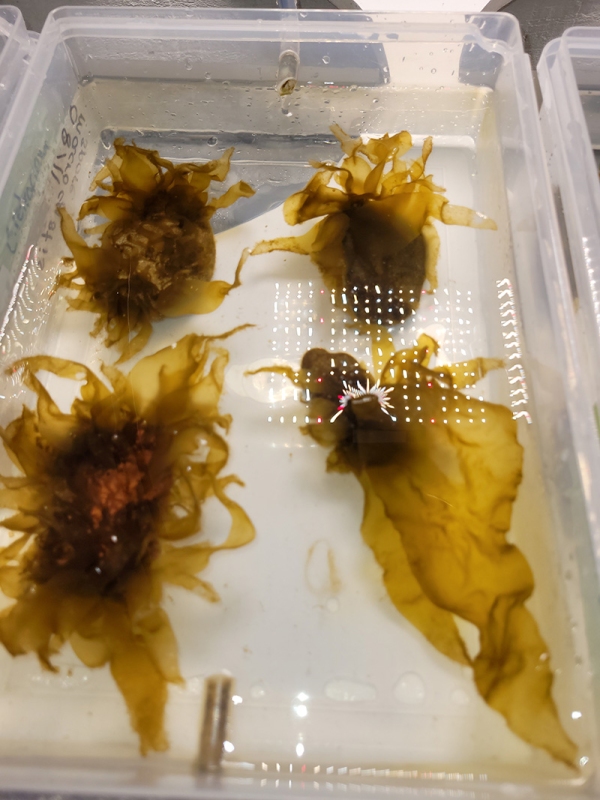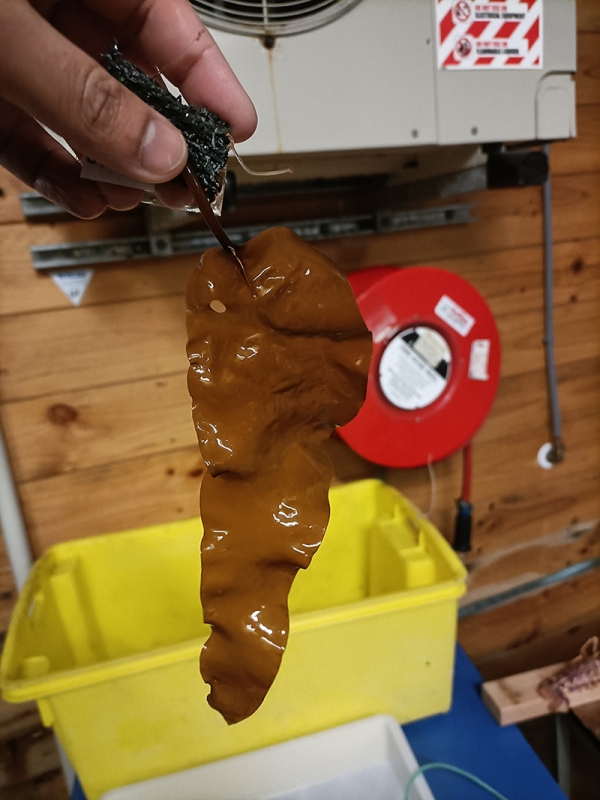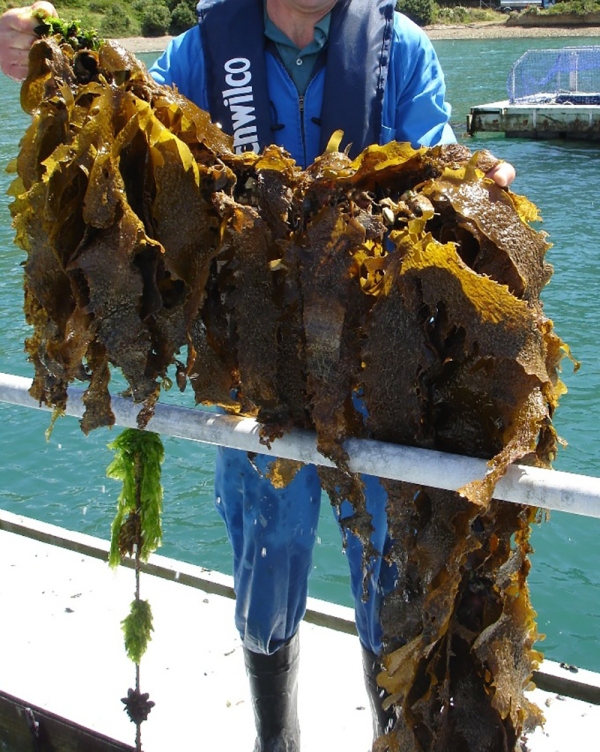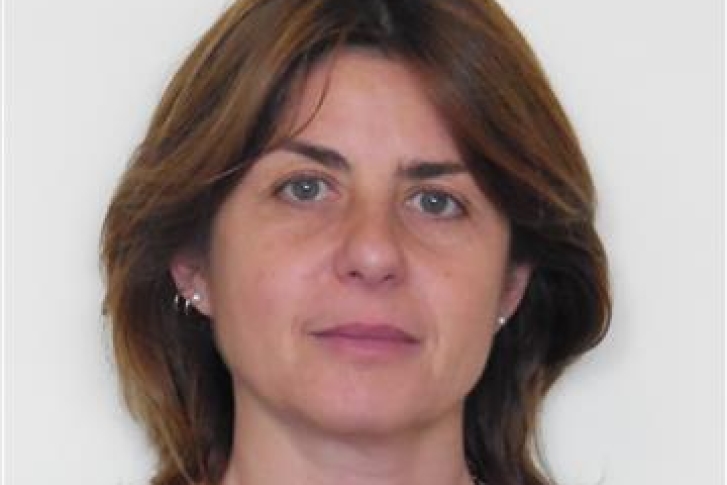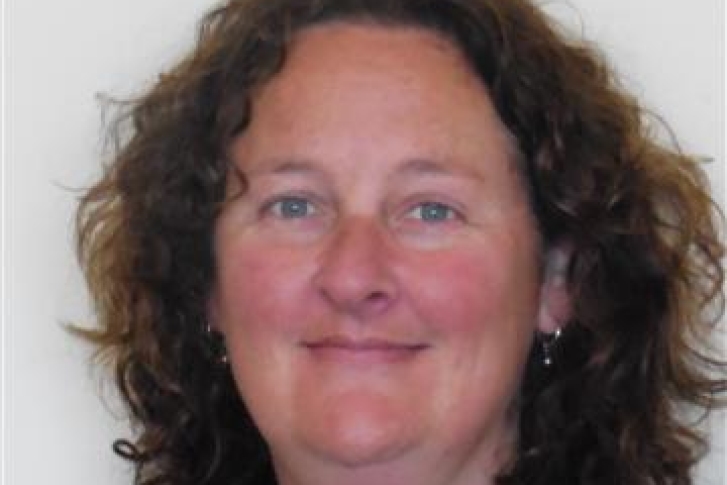Our staff are currently working on propagation of macroalgae and restoration projects funded through commercial contracts, community work, Smart Idea projects and Centre for Research Excellence projects.
Our work in this area supports Te Mana o te Taiao, which sets a strategic direction for the protection, restoration and sustainable use of biodiversity, particularly indigenous biodiversity. Our research helps guide mana moana and management in marine habitats, with Māori taking the lead.
Our services
Our researchers have extensive knowledge and experience in species discovery, taxonomy, biology, ecology and physiology. Species discovery or strain specific differences in algae are important when considering polysaccharide content, bioactive potential, farming, use in habitat rehabilitation, wastewater treatment or carbon sequestration. Identification of invasive species, macroalgal blooms or nuisance algae is also a critical service NIWA can provide.
Our facilities
NIWA has a network of laboratories and field teams across New Zealand. It includes the MEMF (Marine Environmental Manipulation Facility) in Wellington which enables us to manipulate seawater chemistry (pH, temperature, nutrients, sediment concentration); controlled environment culture chambers and culture collection; specimen repository and comparative collections. Our Northland Aquaculture Centre at Bream Bay includes a dry laboratory attached to an algae facility to support cultures. It houses the reverse osmosis water filtration systems and a large autoclave oven. NIWA also has specialist field equipment such as drones and ROVs (remotely operated vehicles) for coastal and underwater surveys.
Our expertise
Taxonomy and molecular systematics
Our team has been discovering and describing new species of seaweed for over 20 years, including members of commercially and culturally important groups such as Porphyra / Pyropia, carrageenophytes (Gigartinaceae), agarophytes (e.g., Gracilariales, Gelidiales), Ulva species, etc.
In addition, NIWA has more than 30 years of experience researching seaweed genetics, including marker amplification, sequencing, phylogenetic analysis for sample identification, molecular systematics and species recognition. We also have expertise in qPCR and droplet digital PCR (ddPCR), DNA extraction and amplification preparation for metabarcoding and other high throughput sequencing workflows.
Physiology and responses to environmental stressors
Our research spans investigations of responses to stressors including research on the effects of ocean acidification on fleshy and calcified algae, early life stages of kelps, and effects of temperature/shading/sediment and response of algae in the Avon-Heathcote post-earthquakes.
Culture and aquaculture
NIWA has conducted culture and aquaculture studies on a variety of species including members of the Bangiales and Fucales (e.g., Landsburgia quercifolia, Marginariella boryana, Carpophyllum maschalocarpum and Cystophora scalaris). Aquaculture studies have included work on the culture and out planting of Gigartina (carrageenophyte) (with IRL); culture and out planting of the kelps Lessonia variegata and Ecklonia radiata (in an experimental IMTA system).
Our projects
NIWA has a long track record of completing significant projects on seaweed ecology, including macroalgal diversity and biogeography, kelps as indicators of environmental change, mapping and monitoring coastal systems and seaweed beds including using cost-effective approaches (e.g., machine learning applied to video analysis, drone surveys); studies of biogenic habitats, soft sediment seaweeds, rhodolith beds and associated flora and fauna, and deepwater macroalgae. We are currently involved in research on carbon cycling and the role of macroalgae.
Love Rimurimu Restoration Project
NIWA researchers are among others working on the Love Rimurimu Restoration Project, a community-led project which aims to restore kelp underwater forests to improve ecosystem health. Due to pollution, sedimentation, climate change, kelp forests have declined in Wellington harbour, leaving bare substrate behind. Taonga species once common in the harbour are becoming rare and restoring their habitat is critical. Kelp forests ameliorate the water quality by uptaking nutrients and sequestering CO2 as organic carbon, and have the potential offset the increase of CO2 from the atmosphere. By restoring kelp forests in Wellington harbour, the Love Rimurimu project aims to build knowledge, inspire community leaders to act, and create opportunities for a better future through innovation.
Among the project team are NIWA’s Dr Roberta D’Archino, Dr Neill Barr and Dr Wendy Nelson, marine biology specialists working as science advisors. They have been sharing their knowledge on how to grow seaweed from spores with volunteers, summer students and are currently supervising two Love Rimurimu technicians working at NIWA. Together they have been testing temperature, light and nutrients to provide the optimal conditions to grow kelp, and testing different biodegradable substrates, including green gravel (see photo). This research has been enabled by the facilities at NIWA (particularly the MEMF and culture chambers) and a raft in the harbour for outgrowing.



